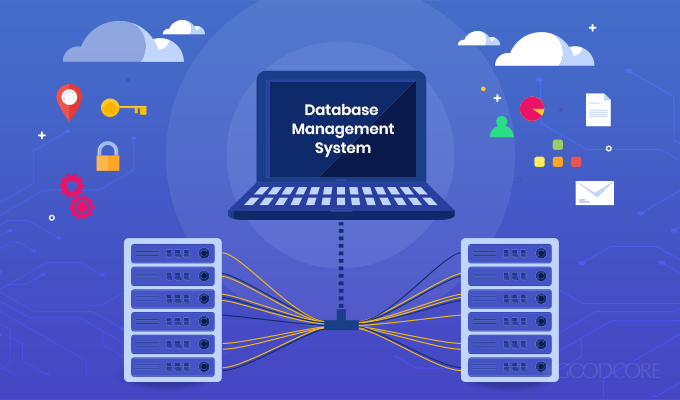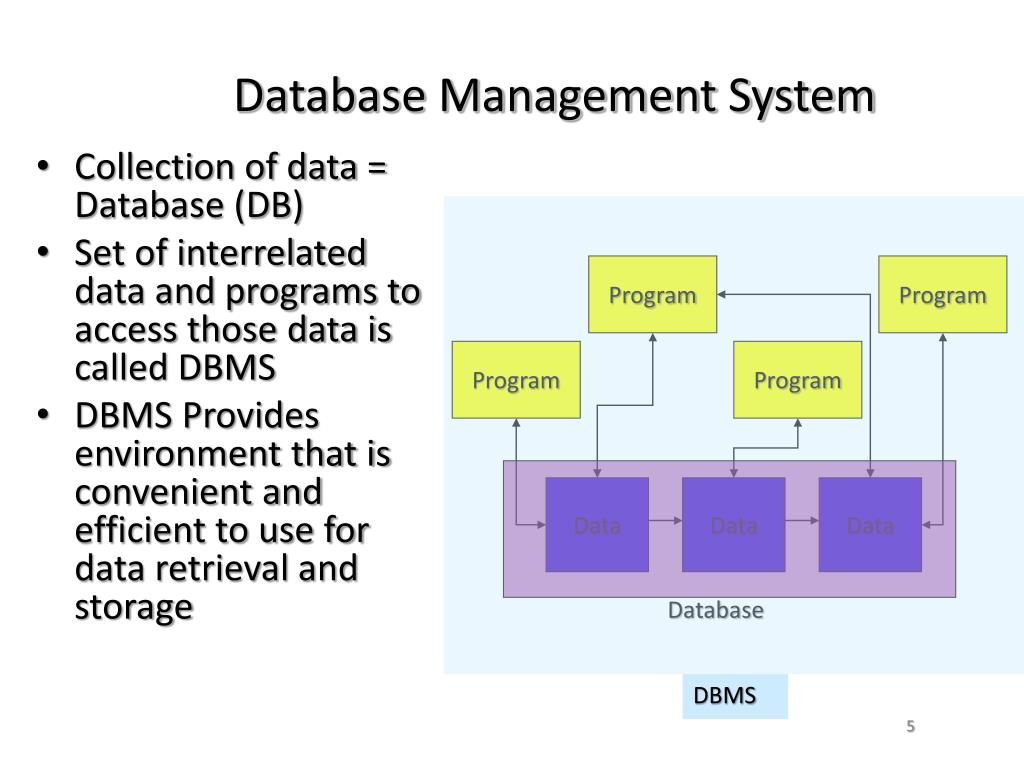

- #Database management system by navathe pptv update#
- #Database management system by navathe pptv software#
It defines a database as a collection of objects that stores both data members’ values and operations.

Types of database management systemsĭatabase management systems differ in how information is internally organized. A DBMS will define rules and manipulate the data format, field names, record structure, and file structure itself. It serves as an interface between the end user and the database and manages the data, database engine, and database schema to facilitate the organization and manipulation of data.
#Database management system by navathe pptv software#
Moreover, any changes made to the database are immediately reflected to all the users and there is no data inconsistency.A database management system (DBMS) is software that handles the storage, retrieval, and updating of data in a computer system. All data appears consistently across the database and the data is same for all the users viewing the database. Data Consistencyĭata consistency is ensured in a database because there is no data redundancy. Moreover, it also restores the database after a crash or system failure to its previous condition. The users don't need to backup data periodically because this is taken care of by the DBMS. Backup and Recoveryĭatabase Management System automatically takes care of backup and recovery. For example - In social networking sites, access constraints are different for different accounts a user may want to access. There are levels of database access and a user can only view the data he is allowed to. The privacy rule in a database means only the authorized users can access a database according to its privacy constraints. Unauthorised users should not be allowed to access the database under any circumstances as it violates the integrity constraints. Only authorised users should be allowed to access the database and their identity should be authenticated using a username and password. Data Securityĭata Security is vital concept in a database. So it is necessary to ensure that the data is correct and consistent in all the databases and for all the users. All of these databases contain data that is visible to multiple users. Data Integrity is very important as there are multiple databases in a DBMS. Data Integrityĭata integrity means that the data is accurate and consistent in the database. Many remote users can also access the database simultaneously and share the data between themselves. There are various levels of authorisation to access the data, and consequently the data can only be shared based on the correct authorisation protocols being followed. In a database, the users of the database can share the data among themselves.

Because of this, there is no chance of encountering duplicate data. This is prevented in a database as there is a single database and any change in it is reflected immediately. Because of this, there were sometimes multiple copies of the same file which lead to data redundancy. The file based data management systems contained multiple files that were stored in many different locations in a system or even across multiple systems. Some of these advantages are given below − Reducing Data Redundancy It is a layer between programs and data.Ĭompared to the File Based Data Management System, Database Management System has many advantages.
#Database management system by navathe pptv update#
DBMS makes it possible for end users to create, read, update and delete data in database. A Database Management System (DBMS) is defined as the software system that allows users to define, create, maintain and control access to the database.


 0 kommentar(er)
0 kommentar(er)
